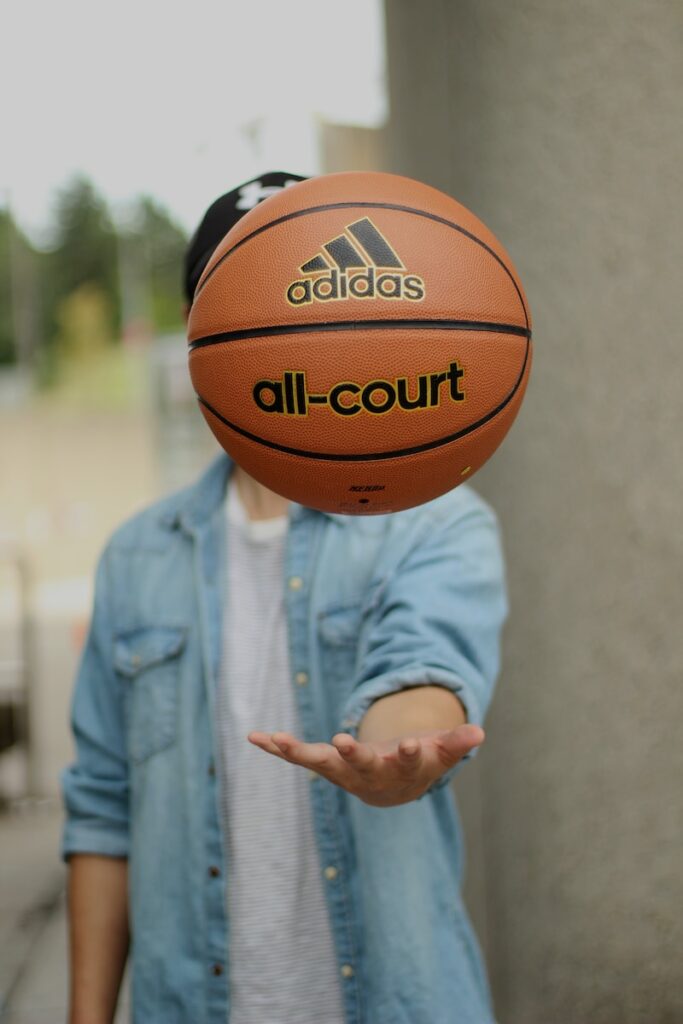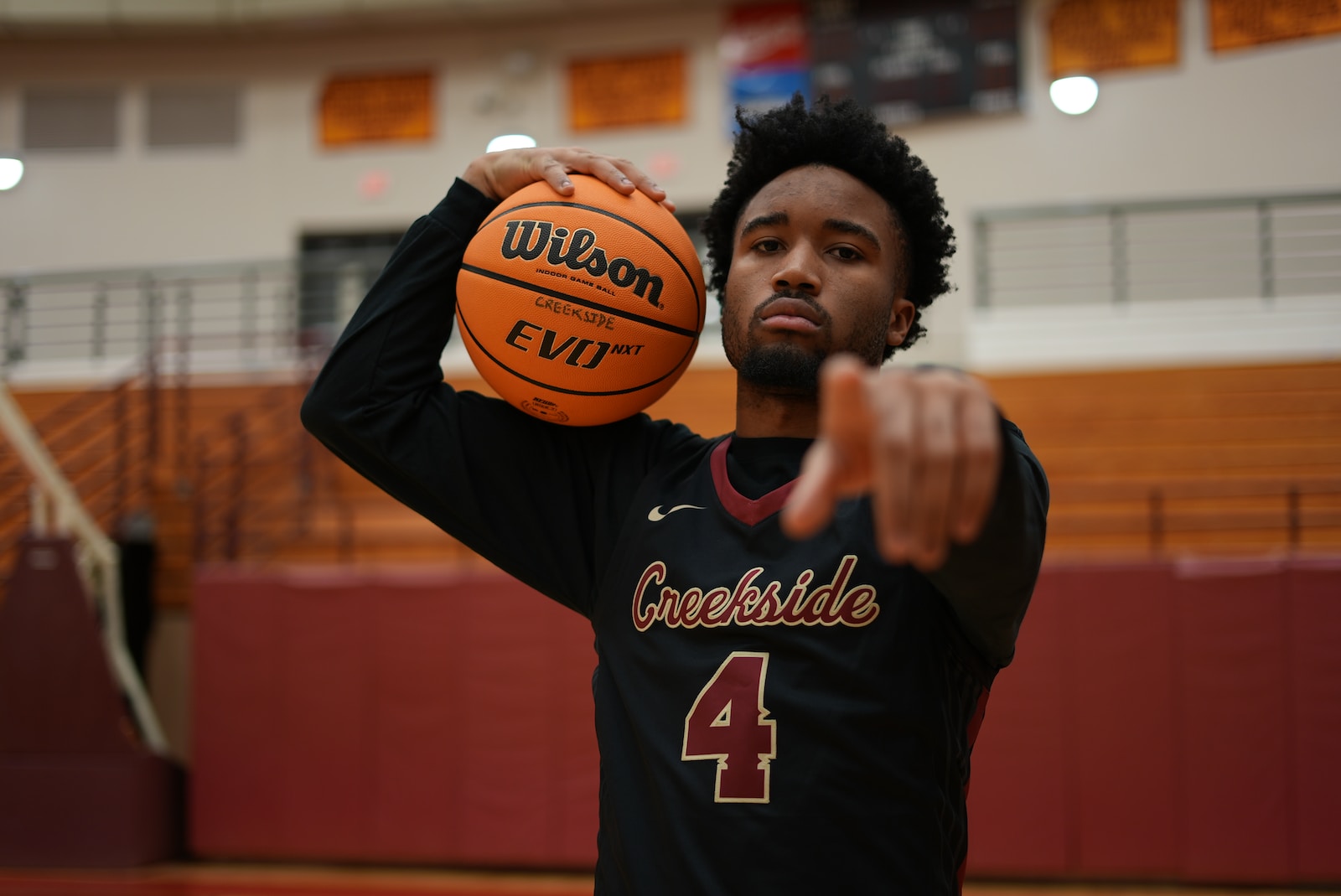Introduction
For anybody that might be new to the sport of basketball, you might have a few questions. One of them might be whether or not you are allowed to use your arm in basketball. The answer to this seems incredibly straightforward, yet at the same time, it has many layers to it.
See, players can use their arms to take the ball from one end of the court to the other. They can also use it to make slight contact with their opponents, block shots, take jump shots, and reach for the ball when an opponent has it. However, they are not able to use their arms to check other players, pull an opponent back, or grab somebody to try and take them out of the play.
Your Forearm Has Some Exceptions
While you aren’t able to utilize your forearm in basketball, it doesn’t mean that you can’t have any contact at that point with your opponent. Whenever you have the ball in your hands, you will likely use your forearm to keep the other player away a small bit. This usually isn’t that big of a deal considering that your normal instinct is to keep some separation between you and the other player. This becomes a broken rule if they use extended force to shove them backward, which could often be missed after a crossover.
It is also allowed for you to make use of your arms if you fear that you might get injured otherwise. This is particularly important when taking charge or defending somebody backing down in the painted area.
One specific rule that gets mentioned in the NBA is the use of forearms to take charge. A player can’t wait for a charge with their forearms out, but if they get caught off guard by a speeding player and need to protect their face. Then again, these are the only exceptions. The NBA is very strict about using your forearm to gain an advantage over the competition. Limiting player movement is a key advantage that would come from using your forearms, which is just another reason why it’s outlawed.
Using Your Arm As Foul Bait
Nowadays, we see professional basketball players bait their opponents into fouling them with unique tactics using their arms. For example, James Harden has been known to excel at creating fouls and getting himself to the free-throw line. One way that he was able to do this was by slowly wrapping his arm around a defender and quickly jerking upwards. The sudden movement would trick referees into thinking that the defender limited his shooting motion and awarded him free throws.

While this is technically illegal, the league has known about this for some time and players can often get away with doing so if done correctly. So, yes, you can use your arm as foul bait.
Difference Between An Infraction And Fending Off An Opponent
There’s usually confusion about what the difference is between fouling your opponent by utilizing your forearm and using them to fend the opponent off. A foul in this scenario is if you extend pressure, as I mentioned earlier. You don’t want to extend your forearm all the way, as this is usually a very obvious sign to the referees that you are exerting pressure on them to back away.
When it comes to fending off with your forearm, you need to gently use it to keep a solid distance and not allow your opponent to swipe at the basketball. You can’t initiate that much contact with them though while dribbling or using that off-arm. If they start playing up close and personally, while simultaneously attempting to steal the ball, you can use your forearm to hold them a good distance back without pushing them or exerting a significant amount of force. Although, it is worth noting that you can’t just slap their arm or hand away if they try to swipe. That slap would be an immediate infraction.
Using Your Arm In Basketball Is Primarily Defensive
When you use your arm in basketball, you aren’t often using it on the attack. I’m not talking about just offense or defense either, but rather the difference between initiating and defending contact. Almost all situations of a player using their off arm is allowed when used in defense of another motion. You can use that forearm on defense if you’re trying to brace for contact for example.
Another example would be to keep some space between you and a defender on offense. The point where it becomes a foul is when you initiate that contact with your arms. If you’re defending on the perimeter, you can bump into your opponent or swipe at the ball, but you can’t forecheck them and hold them back.
Sometimes, foul calls do depend upon the referees that are calling the game, because small contact usually won’t get called that often even if it technically falls under the foul category. However, that’s not usually a major concern. They pay close attention to who initiates that contact and judge the degree of it.
You Can’t Create A Cylinder
Funnily enough, making a cylinder has come up multiple times in NBA history. It’s probably one of the main reasons why using your arms isn’t completely allowed as you might expect. This idea of the cylinder came around when the Golden State Warriors guard Steph Curry began dominating the competition. The idea was that they would be unstoppable if everybody else on the Warriors would lock arms around Curry and give him infinite time and space to shoot the ball each possession.
In theory, he would be impossible to stop. That’s why there’s a rule in place to stop players from interlocking arms with one another. Otherwise, you’d be seeing it often from teams that have superstars like Curry. The cylinder strategy doesn’t seem like it should be important enough to note, but it has been a hot topic since Curry made the three-point game so much more valuable in today’s basketball world.
Unfortunately for newcomers, this was just another rule that they had to understand when trying to get adjusted to the game of basketball.
